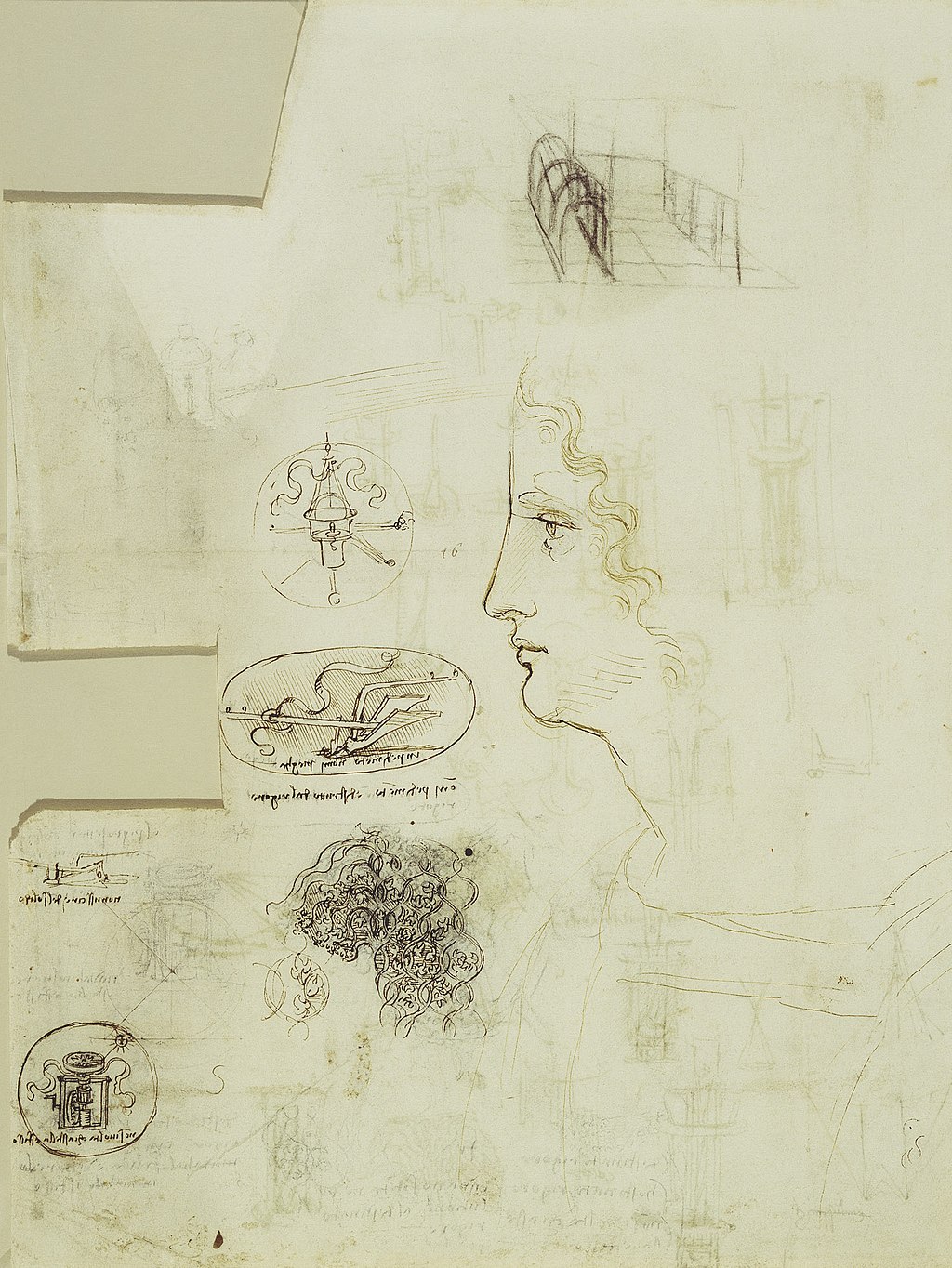The Mindful Mona Lisa: Nature and Origin of Sustainable Life on Earth

This final blog for 2022 corresponds to the tenth and highest sphere of Dante’s celestial diagram: the Empyrean, symbolizing Theology and the realm of universal truth. This sphere’s form is abstract in Dante’s Commedia, first appearing as a luminous river which metamorphoses into a circular flow, then a giant rose, finally culminating in a point of concentrated light from which all being and knowledge radiate. (Dante experiences this point as an overwhelming flash of insight which transforms his intellect but cannot be described or translated.)
The image of singularity which unfurls to manifest the universe evokes modern physics like the Big Bang theory and resonates visually with the star-forming helix recently imaged by the JWST. Quantum mechanics similarly infuse all phenomena while possessing a hidden and unfolding character rooted in Heisenberg’s uncertainty principle and Gödelian incompleteness.
The Renaissance concept of theologia poetica, which animates the Humanist tradition up through Vico’s Scienza Nuova and thereby even moderns like Joyce, denotes a realm of philosophy regarding humans and nature located outside religion: what we today call modern art and science.
Nicolaus Cusanus (1401-74), a clerical figure unlike Dante and Leonardo, wrote nonetheless about scientific method, human ethics, and the cosmos. Historian of science Ernst Cassirer (whose concept of animal symbolicum might be usefully refined as homo reticulum) considered Cusanus the earliest true modern, writing “a glance at the early passages of [Cusanus’] Idiota will show just how close Leonardo was to Cusanus in the formulation and foundation of his methodological principles.” Parallels range from Cusanus’ focus on nexus and relatio, his treatise Of Conjecture praising experimental method, and his concepts of “learned ignorance” or the “coincidence of opposites,” to asserting the earth is not the universe’s center and his call in De Pace Fidei for commonality among all faiths. He even celebrated the power of a painting whose eyes seemed to follow him around the room decades before Leonardo’s Mona Lisa.
The early modern and indeed ongoing pursuit of a theologia poetica reflects our increasing awareness that human activity both shapes our environment on earth and has the power to destroy it. Modernity realizes that sustainability is a human task (as in Leonardo's Of the Cruelty of Man). The continued existence of nature -- the origin of its future -- is therefore implicated across all levels of culture, imagination, and design.
A suitable final image to unify Leonardo’s message, as explored over this blog’s entire three-year cycle, might be the complex and enigmatic RCIN 912282. Its understated assemblage includes a profile of a youth with river-like flowing hair and a contemplative gaze, allegorical emblems of rigor, resilience, and perseverance (featuring a compass, sundial, waterwheel, plow, lantern, and the ribbon of Fortuna), and a chain-mail garment of ivy to symbolize longevity. The reverse side shows multiple detailed designs for a clepsydra or water-driven timing device which powers an automaton in human form (see Pedretti on Atlanticus 65v) to strike a bell, and a structure to house the mechanism. A human head and shoulders are placed atop a water-clock.
On this single sheet of paper, Leonardo’s interconnective imagination explores a multiplicity of Anthropocene fundamentals: machines that power knowledge, gradual development of the arts and sciences, the urgency of planetary stewardship, and the fragility of both natural and human systems.
“Time is the consumer of all things,” Leonardo wrote, so in a world seemingly frozen in brutally irreconcilable conflicts how can the necessary miracle of sustainability survive? Leonardo knew the power of rivers cannot be opposed by brute force. His work is dedicated to the hopeful, resilient, defiant, yet fragile potential to find a sustainable course through small, achievable changes within our human capability, even as small as articulating a single word – Esperienza – and applying it to a single image: the Mona Lisa, La Gioconda, universal portrait, guide, and transformative mirror for a sustainable age.
#MonaLisaEsperienza
#BridgeGarmentExperienceHypothesis
#MindfulMonaLisa
Next blog: March 2023
